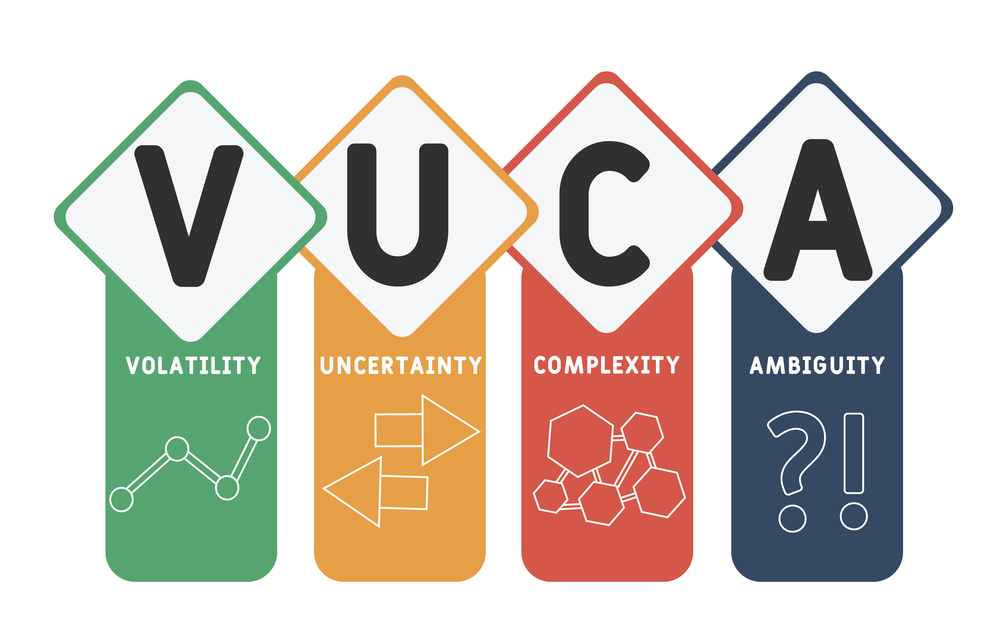“We can trust ourselves to know when our boundaries are being violated” – Melody Beattie
When the professional turns personal
The other day I turned on my kitchen radio and caught the tail end of an interview with a modern-day butler. It was an intriguing glimpse into a profession that not many will ever experience, let alone observe. This Butler shared humorous stories, inside secrets about the mastery of his work, but the last bit of his discussion really interested me. He went on to describe an anecdotal account of a butler who was fired for being too comfortable with their employer. Although living in his employer’s home for several years gave him rare and intimate access to his client’s personal life this did not necessarily mean he could step outside of the distinguished role he was hired for (although it’s an easy mistake to make.) And, quite the overstep was made in this story! Apparently, during a formal dinner party (as one would assume of an event hosted with live-in servants) the Butler made a sarcastic remark to his boss about minding her calorie count as he was placing the desserts on the table. Evidently, this was a topic they’d joked about in private; nevertheless, this informal banter in front of her guests was an utter landmine for his career. All at once the boundary had unwittingly been crossed and the poor butler was gone by the end of the evening.
 What does overstepping workplace boundaries look like?
What does overstepping workplace boundaries look like?
As I switched off the radio I got to thinking about how overstepping one’s workplace boundaries is a matter that stretches across the borders of most professions. We’ve all heard the amusing stories about an office Christmas party where someone dips into the punch one too many times and ends up dancing with a Christmas tree, or sloppily flirting with a colleague’s spouse. We chuckle about these rumored faux pas, but this can seriously impact one’s reputation. Perhaps violating work boundaries isn’t that obvious to some people. I’ve had clients reveal annoyances about employees not taking social cues, such as being inappropriate with other’s personal space, or constantly interrupting, meddling/interfering in projects and discussions that do not concern them. Similarly, I’ve cringed listening to an employee over share a personal/awkward detail about themselves to their superior and thought, “Why on earth would anyone think that’s okay?”
Bridging the gaps around workplace boundaries
I’d like to bridge the gap for those who have made these professional blunders and others who want to avoid making them. I know how easy it is to be confused by work-related situations that seem informal but have unwritten rules. As with the Butler story, many people really like their bosses and/or the establishment where they work but sometimes they lose (or forget) their sense of professionalism. Most often this happens when an employee has been in the same environment for years and they feel comfortable there. It’s easy to perceive the relationship or organization as a place where they can be relaxed and at home with. And, it’s not that surprising since HR and modern businesses foster a welcoming, pleasant atmosphere. For example, many organizations regularly take initiatives to boost workplace morale and employee engagement through company social events. So, it really does become tricky to know where one’s professional image begins and ends.
Overstepping boundaries is not always the employee’s fault; frequently employers don’t provide clear guidelines and/or conduct themselves professionally. For instance, if your boss tells you a raunchy joke, and then when they ask you how your weekend was you lightheartedly reply, “Still feeling hung-over!” It’s possible that you have stepped over an invisible line, even though you were walking along what you thought was the same track of wit and humor as your boss.
So how can you avoid falling out of bounds?
Here are 5 ways to maintain professional workplace boundaries:
1. Pay attention to your feelings and take notice of other’s feelings. When someone’s behaviour makes you feel uncomfortable, it’s a cue that they may be crossing one of your boundaries. The same goes for taking hints around you; if you notice a colleague is busy or overwhelmed perhaps give them some room to work. Respecting other’s space and time is key to staying within professional boundaries.
2. Setting the right tone in your workplace. Establishing a semi-conservative attitude that is clear and consistent will help establish a solid boundary others will recognize as the standard. More importantly, this will help everyone stay within those parameters of professionalism.
3. Calling out workplace bullying and harassment This includes others not allowing you to express your thoughts, making inappropriate comments, interjecting/interrupting, passive or overtly aggressive body language, taking undue credit for your work, etc. When possible, it’s best to address this as it’s happening (also see workplace bullying and Should I Stay or Should I Go).
4. When the private becomes public. When posting pictures, events or comments online consider whether the content is better shared with close friends and family – possibly offline. People are liberal about accepting friend requests via social media, but it’s easy to forget who is present on your social media feeds. My suggestion is to keep your personal social media persona separate from your professional image and perhaps place privacy settings on your accounts to ensure the two worlds do not collide.
5. Be nice … but be smarter. It is wise to remain friendly at work, and maintain good peer relationships while also remaining psychologically and emotionally removed from any possible drama or fallouts. This means avoiding office romances, practical jokes, or involving yourself in coworkers’ gossip or conflict. This will prevent negative ‘entanglements’ in the workplace while still maintaining effective professional relationships.
[speaker-mute]
Want to discuss your career or HR matters further? I invite you to contact me by email, phone, or via direct message on Twitter, Facebook, or LinkedIn.
More than career coaching, it’s career psychology®.
I/O Advisory Services – Building Resilient Careers and Organizations.
Easily share this article using any of the social media icons below.
[/speaker-mute]






